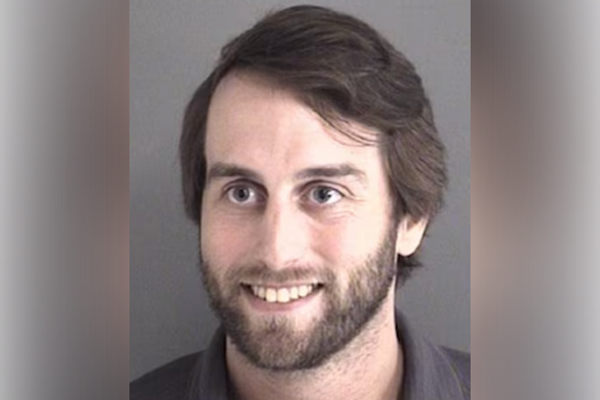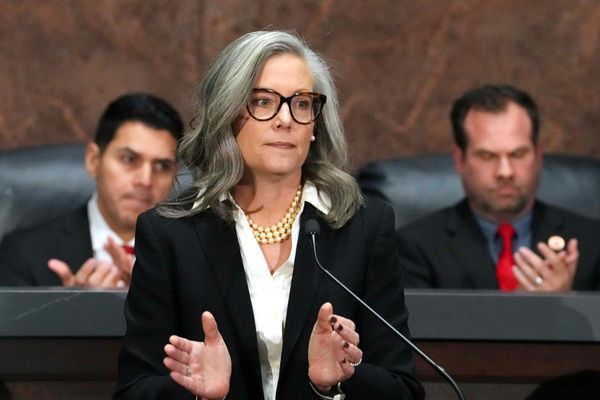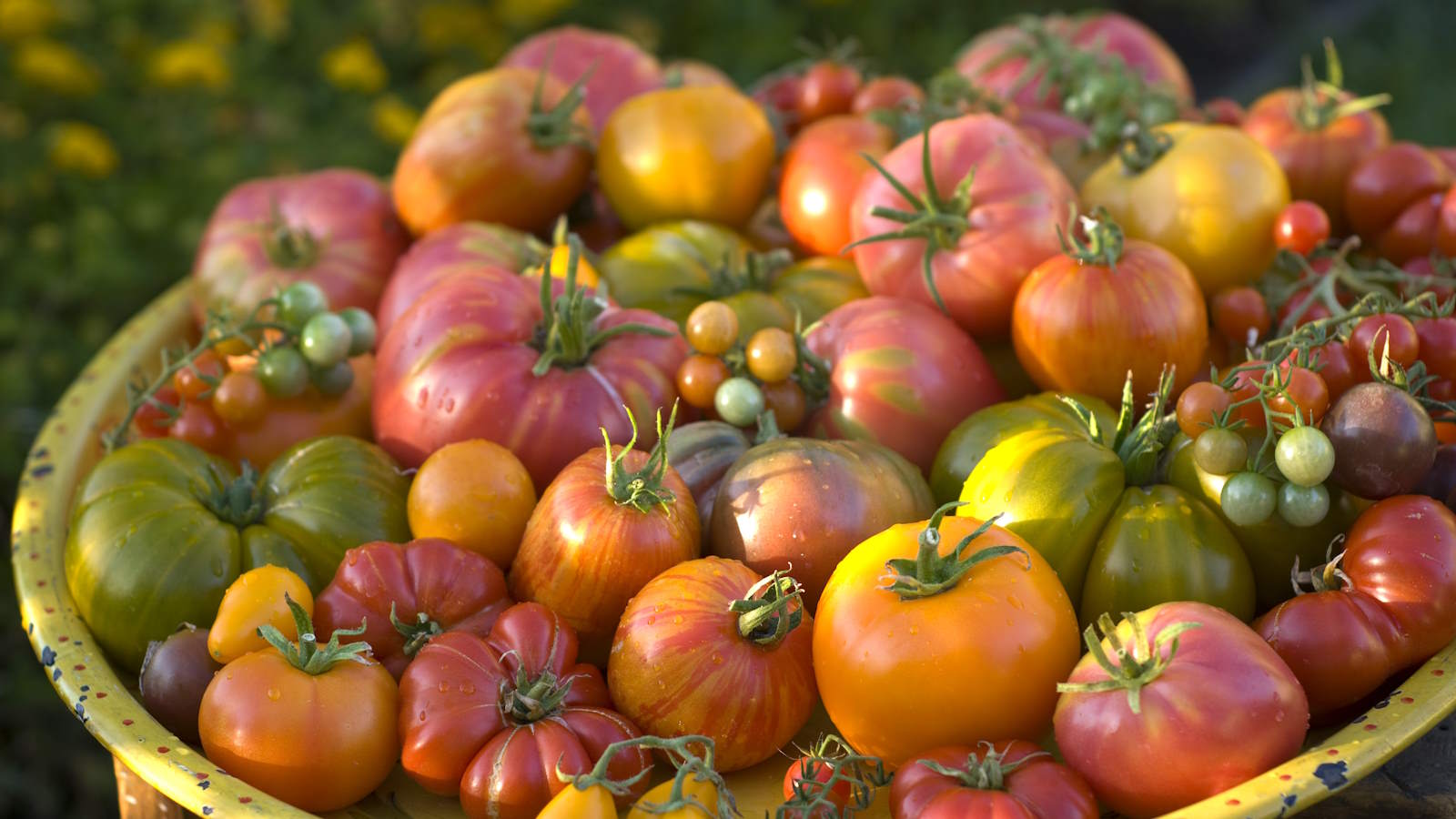
When we think of family heirlooms, most of us will conjure images of antique furniture or treasured decorative items passed down to us from our ancestors, each piece telling fascinating stories of the generations that came before us.
As important as preserving these objects is to our own personal and cultural histories, what about the living heirlooms? All over the world, culture and history is being preserved and evolved via the unassuming process of saving and re-planting seeds.
Adam Alexander is a seed collector and filmmaker who champions this process. In his new book, The Accidental Seed Heroes, he chronicles the stories of individuals from different corners of the globe who are creating new, robust varieties of heirloom crops that thrive and flourish locally, have incredible taste, and support biodiversity. I spoke to Adam about the essential role we can all play in preserving culture and heritage through the simple act of saving seeds. You're probably already doing it.
What is the difference between heirloom (or heritage) and hybrid seeds?

‘The difference between heritage and hybrid isn’t as simple as good and bad, they are just very different,’ Adam explains. ‘Hybrid seeds are what we call modern cultivars or F1 hybrids, and these are the result of systematic breeding in laboratories.’ They offer uniformity in appearance, and consistency in cropping.
Heritage and heirloom seeds, on the other hand, are those with a historical and storied past - essentially, cultural seeds.
‘When it comes to heirloom seeds, think of your family heirlooms; those items that have been with you for generations and tell your personal family story,' says Adam. They might define a person or a place, and be passed down to younger family members.
‘This is traditional breeding that has been going on for centuries, anything pre-1950 would be classed as heritage,’ he says.
Adam calls them ‘Farmers Varieties’, which are also known by the term landrace. This refers to locally adapted vegetable varieties that are open-pollinated (naturally by insects or the wind) and have evolved in a specific area of the world.
‘This is what you’re creating when you are saving seeds and growing them again and again in the same place,’ he explains.
Adapted vs adaptive: a quick summary
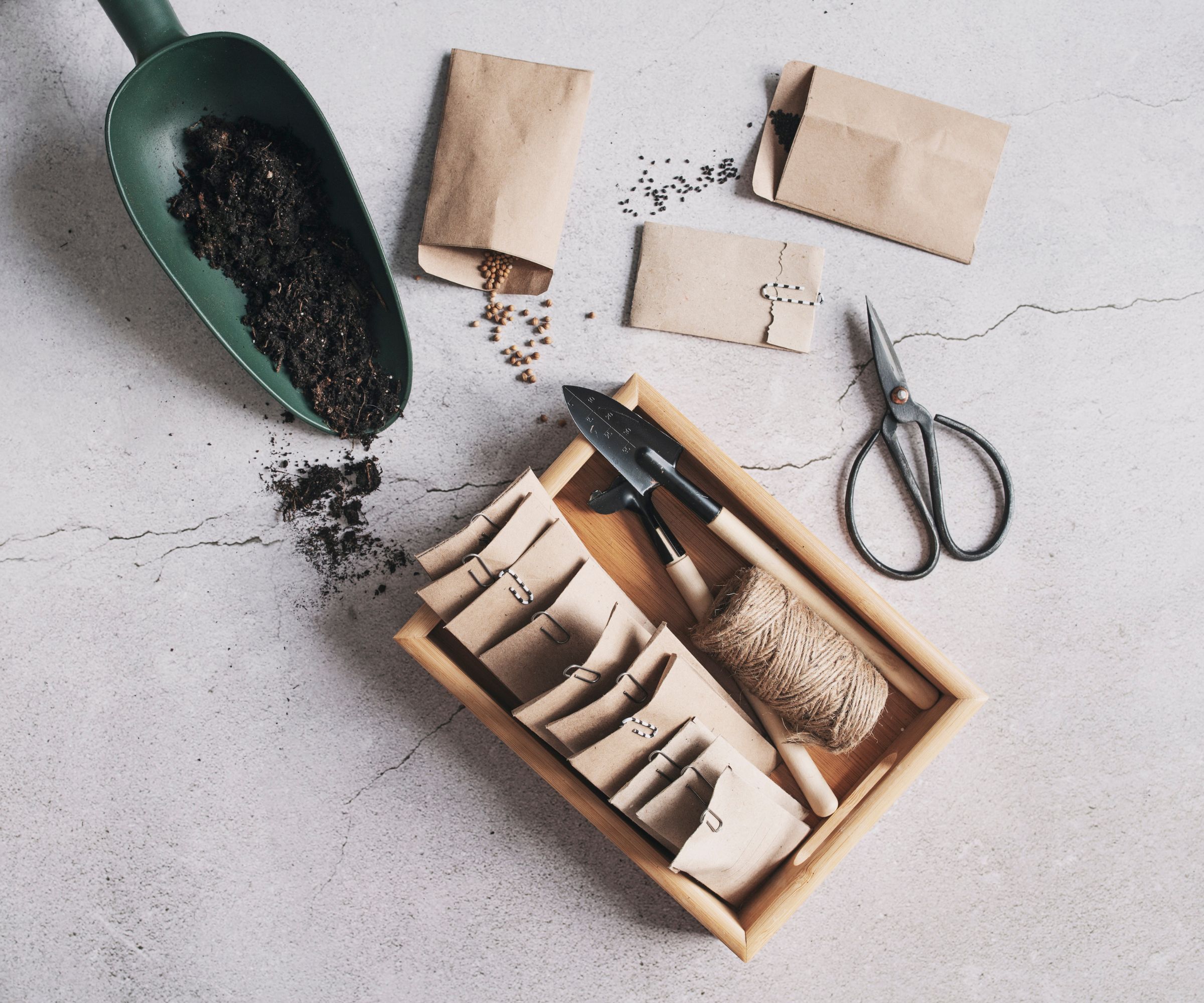
Heritage seeds are adaptive. They adapt to the local environment, climate and soil to produce the best versions of themselves.
'They won’t all come at the same time, they will be tastier, they will resist adverse weather, they will go on producing for longer periods of time, and they will be resistant to many pests,' explains Adam.
As a result, they have a greater genetic diversity than commercially-bred varieties, which are classed as adapted. They might not have as much flavour, and have a tendency to be less resistant to pests and diseases or local climatic conditions.
Think of it as survival of the fittest but for plants: the varieties that are adaptive to your local environment will survive and thrive because they continue to evolve, while the adapted varieties may be weaker if they are not well-suited to your geographical area.
How to become an accidental seed hero (or plant breeder)
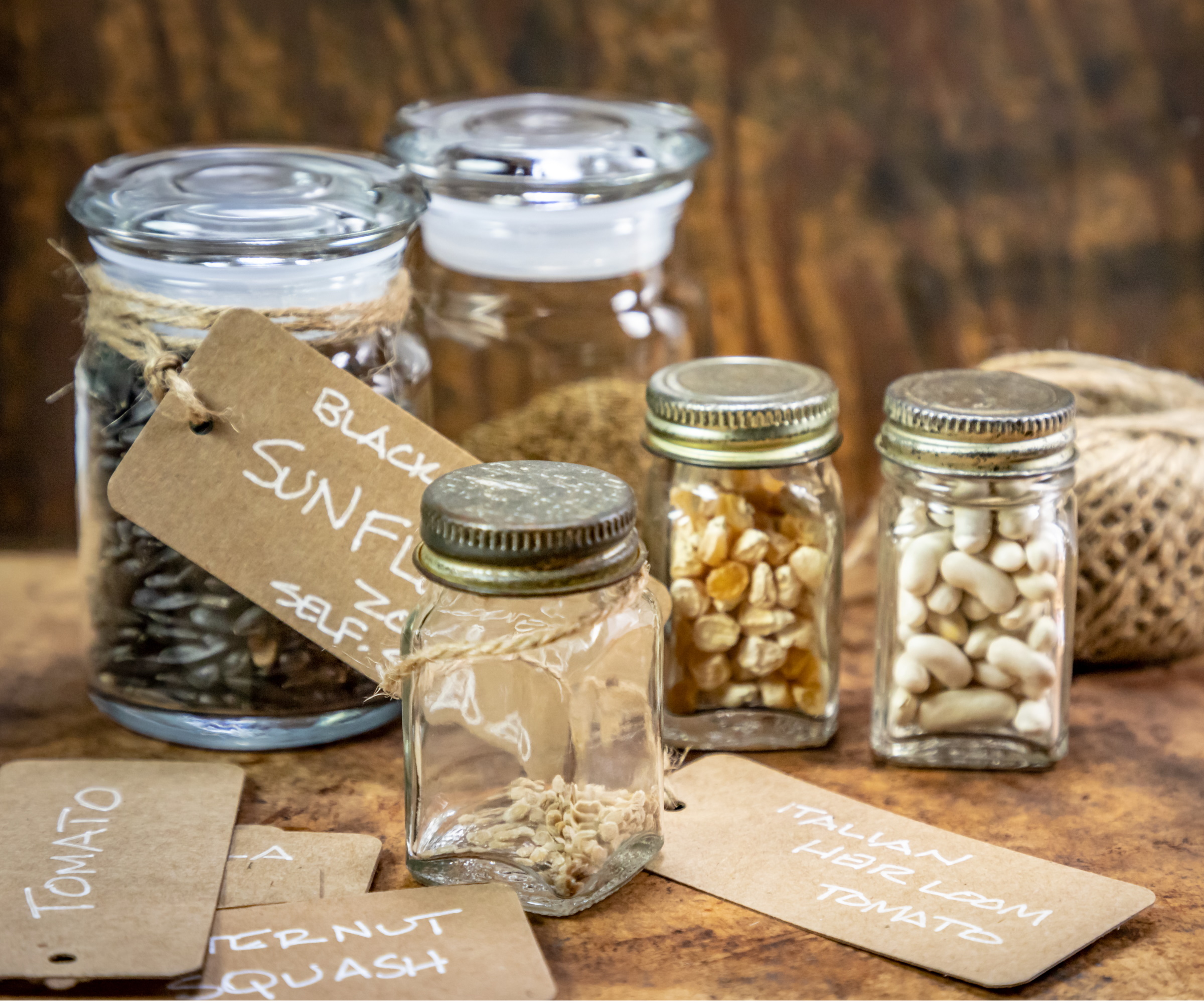
‘Almost all plant breeding is accidental,’ says Adam. In essence, if you enjoy saving seeds from your home-grown veggies, and swapping these with friends and neighbours, you are a plant breeder.
If you haven't been passed seed down from an older relative, you can start the process from scratch. You need to source your seeds from a heritage seed company - and there are loads of them. Research local growers and breeders that save and sell seeds from where you live, as this will give you the best results.
'Then pick your favourite variety of the crop, let’s say it’s a tomato,' says Adam. 'Select the best fruits from the second truss, the ones that show vigor, earliness, that are really ripe and taste delicious - you want the best examples you have of those crops.
'To save the seeds, quarter them, scoop out the seeds and rinse them under the tap. All you do is place these on a piece of kitchen towel, let them dry and then store in a cool, dry place until you are ready to plant them again.'
America is a world-leader in open source plant breeding. A great place to begin sourcing heirloom seeds is on the Seed Savers Exchange or the Open Source Seed Initiative. Another useful resource is Fedco Seeds, a Maine-based seed cooperative, which has been sourcing and supplying heirloom seeds since 1978.
Author Carole Deppe believes all home gardeners should be plant breeders, and her book - which comes highly recommended by Adam Alexander - tells you exactly how to do it without the need for a huge plot of land or specialized skills.
Lessons from seed savers around the world
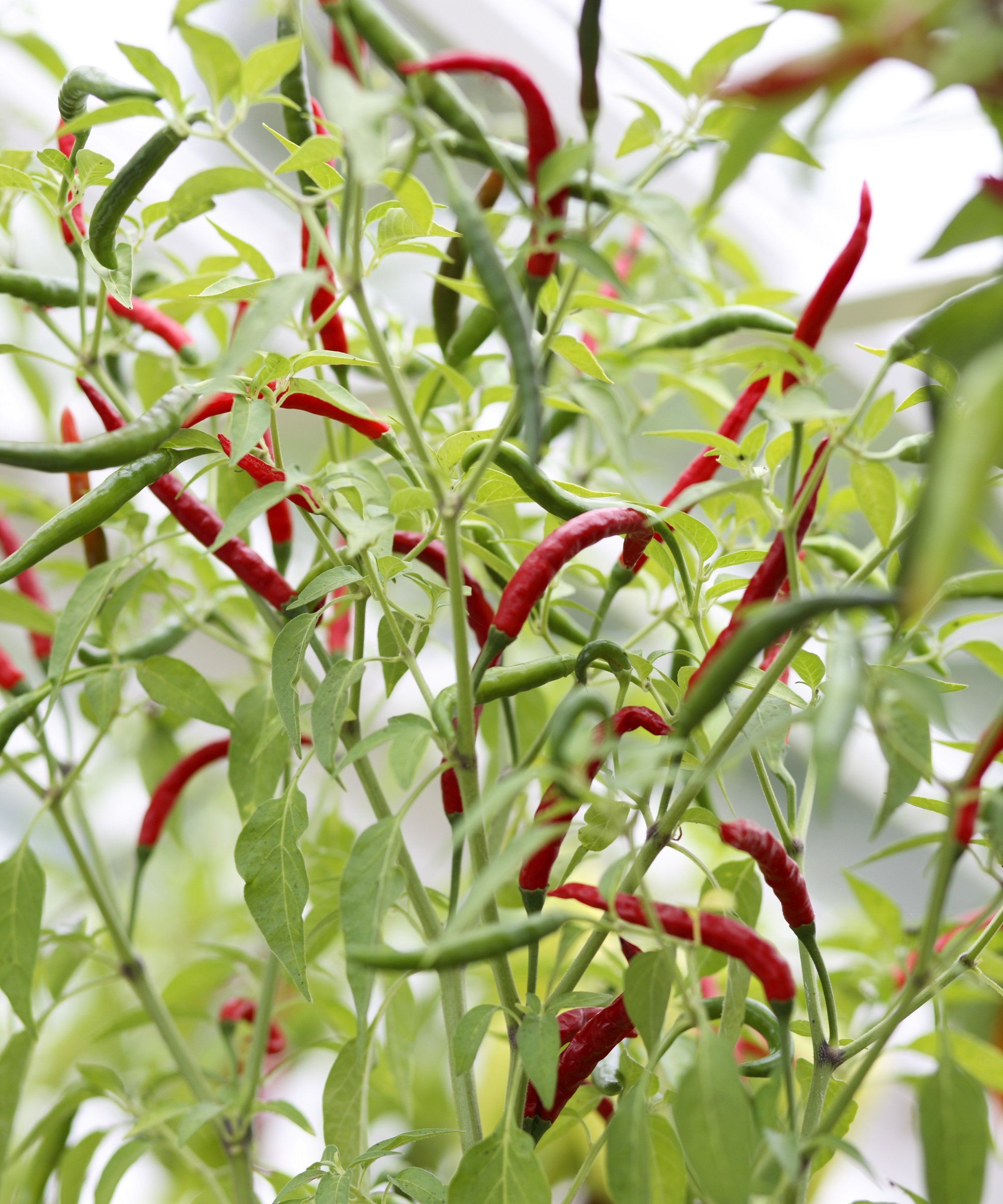
Plant breeding by saving heirloom seeds often boils down to a series of happy accidents and serendipity, or accidental crossing, which is why it can be accessible to all.
Adam even brands himself as an accidental plant breeder, telling me he never realised that by saving seeds from his favorite pepper for 25 years put him in the same camp as the growers he so admired across the world.
Even the professionals essentially breed by accident. In The Accidental Seed Heroes, Adam tells the story of Fred Groom and Ronja Schlumberger who run Vital Seeds in Devon, UK. They developed the Mango Lassi tomato, so named for its notes of mango in the fruit's flavor.
The process took several years, and involved dehybridizing an F1 tomato cultivar. This is the attempt to take the traits and qualities of hybrids to create an open-pollinated variety - and it's always an experiment.
To do this, they saved seeds from a particular F1 cultivar and grew it themselves. After observing the traits and growing habits of these plants, they saved seeds from several of the best tasting fruits and grew another crop of plants the following year. This process was repeated, until they had a fourth generation of tomatoes which tasted a little like mangoes. The crop proved to be so stable that the couple were able to make them available to their customers.
The exciting thing about this story, and so many others in Adam's book, is that any home gardener can do it. If you like to grow the best tasting vegetables, and are saving seeds from those you love the most, you probably already are.
To get started with your local seed saving journey, this guide to saving and harvesting tomato seeds will be a useful resource. You might also be interested in these seed storage mistakes, to make sure you don't loose your precious seeds before they are ready to plant.
You can pre-order The Accidental Seed Heroes – Growing a delicious food future for all of us, by Adam Alexander, on Amazon.
